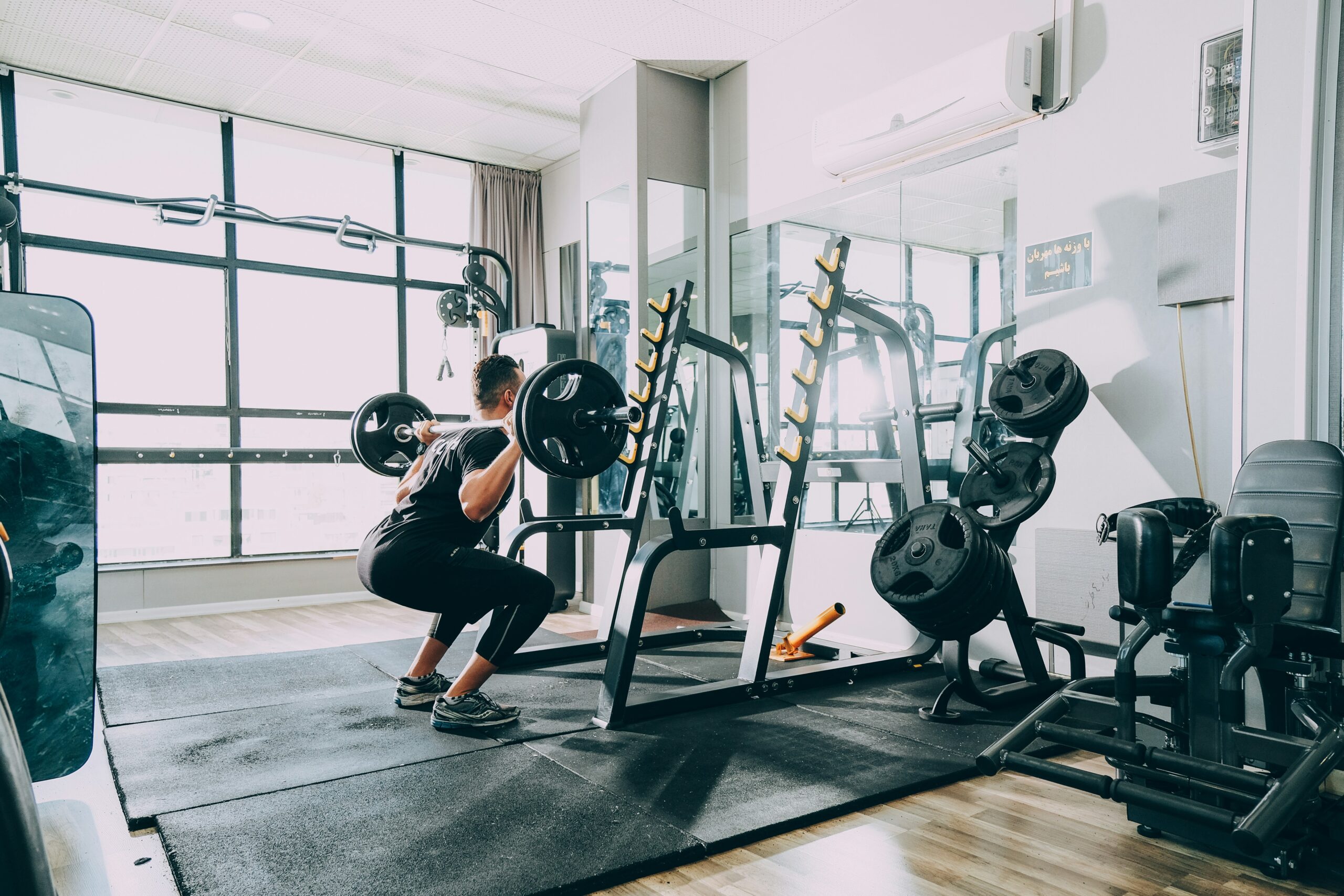
Weight training is often overlooked by runners who prioritize logging miles over hitting the gym. However, incorporating strength training into a runner’s regimen can significantly enhance performance, prevent injuries, and improve overall fitness. By targeting key muscle groups and addressing weaknesses, runners can develop better biomechanics, power, and endurance. In this article, we will explore the best weight training exercises tailored specifically for runners to optimize their performance on the track, trail, or road.
Best Weight Training for Runners
1. Squats:
Squats are a fundamental compound exercise that engages multiple muscle groups simultaneously, making them invaluable for runners. They primarily target the quadriceps, hamstrings, glutes, and lower back muscles, which are essential for powering through each stride. Performing squats with proper form helps improve leg strength, stability, and coordination, leading to better running economy and reduced risk of injury.
2. Lunges:
Lunges are another effective lower body exercise that helps build strength, stability, and balance, all of which are crucial for runners. They target the quadriceps, hamstrings, glutes, and calf muscles while also engaging the core for stabilization. Lunges can be performed in various directions—forward, backward, and to the side—to target different muscle groups and mimic the multi-directional movements of running.
3. Deadlifts:
Deadlifts are a powerhouse exercise for strengthening the posterior chain, including the hamstrings, glutes, lower back, and traps. By improving hip and hamstring strength, deadlifts can help runners generate more power with each stride and maintain proper running form, especially during long distances when fatigue sets in. It’s essential to focus on proper form and technique when performing deadlifts to prevent injury and maximize benefits.
4. Hip Thrusts:
Strong hip muscles are essential for stabilizing the pelvis and maintaining proper alignment during running. Hip thrusts target the glutes and hip flexors, helping to improve hip extension and power generation. By strengthening the glutes, hip thrusts can also alleviate common running-related issues such as IT band syndrome and knee pain. Adding resistance, such as a barbell or resistance band, can further challenge the muscles and promote greater strength gains.
5. Single-Leg Exercises:
Single-leg exercises, such as single-leg squats, step-ups, and Bulgarian split squats, are invaluable for runners as they help address muscular imbalances and improve stability and coordination. Running is essentially a series of single-leg hops, so training each leg independently can help ensure balanced strength and reduce the risk of overuse injuries. These exercises also engage the core muscles for additional stability and support.
6. Plyometric Exercises:
Plyometric exercises, also known as jump training, are dynamic movements that involve explosive muscle contractions, such as box jumps, jump squats, and bounding. Incorporating plyometrics into a runner’s training program can enhance muscular power, speed, and agility, translating to improved performance on the road or trail. However, it’s essential to progress gradually with plyometric training to avoid overloading the muscles and risking injury.
7. Core Strengthening Exercises:
A strong core is essential for maintaining proper running posture, stability, and balance, especially during longer runs when fatigue can compromise form. Core strengthening exercises, such as planks, Russian twists, and mountain climbers, target the muscles of the abdomen, lower back, and hips. By developing a strong and stable core, runners can improve their overall running efficiency and reduce the risk of lower back pain and other injuries.
8. Calf Raises:
Calf raises target the gastrocnemius and soleus muscles of the calf, which play a vital role in propulsion and shock absorption during running. Strong calves help propel the body forward with each stride and absorb the impact forces from landing, reducing the risk of injuries such as Achilles tendonitis and calf strains. Incorporating both seated and standing calf raises into a strength training routine can help develop balanced calf strength.
9. Resistance Band Exercises:
Resistance bands are versatile tools that can be used to add resistance to traditional exercises or to target specific muscle groups with isolation exercises. For runners, resistance band exercises like lateral band walks, clamshells, and monster walks can help strengthen the hip abductors and external rotators, which are essential for stabilizing the pelvis and preventing common overuse injuries.
10. Stability Ball Exercises:
Stability ball exercises challenge the core muscles and improve balance and proprioception, making them valuable additions to a runner’s strength training routine. Exercises such as stability ball crunches, hamstring curls, and pikes engage multiple muscle groups simultaneously while also targeting stabilizing muscles not typically activated during traditional strength exercises. Additionally, stability ball exercises can help improve flexibility and range of motion, contributing to better running mechanics and injury prevention.
Conclusion:
Incorporating weight training exercises into a runner’s training regimen can have profound benefits for performance, injury prevention, and overall fitness. By targeting key muscle groups, addressing weaknesses, and improving stability and power, runners can enhance their running economy, speed, and endurance. However, it’s essential to prioritize proper form, progression, and recovery to avoid overtraining and injury. With a well-rounded approach that includes both running and strength training, runners can maximize their potential and achieve their goals on the track, trail, or road.

